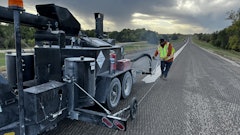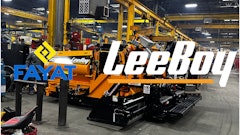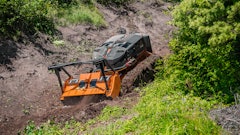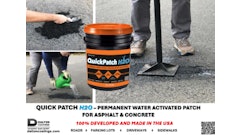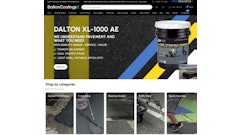You will be hearing more — much more — about “The Internet of Things” in the coming years. This is the wireless network that allows devices ranging from thermostats to coffee makers to sweepers, all of which contain electronics, to transmit data.
Today there are an estimated 6.4 billion connected devices, a number expected to grow to 20.8 billion by 2020. Your sweeper(s) need to be included in that number.
Many sweeping and related companies have learned how to utilize GPS as a way to keep track of the location of their sweepers, when they’re actually sweeping and if operators are obeying traffic laws. However, with the updated and advancing technology in this area, much more is becoming possible.
Major trucking operations were early adopters of linking GPS information to gain additional insights. Add-on modules now include as standard tracking completed maintenance as well as predicting when preventive maintenance should be performed. In sweeper lingo that means it’s better to do preventive maintenance than to tow a broken sweeper to the shop in the middle of the night.
Scheduling and routing are increasingly available as modules that can work interactively with the basic GPS sensors to provide a unified approach to your business operations. In combination, these various functions can provide sweeping contractors with a competitive advantage over those who only have GPS reports and haven’t taken the time to investigate, or made the investment to implement, a more integrated package of reporting services.
When you take a look at providers, be sure to ask for references from sweeping contractors that run businesses similar to yours. Inquire about smartphone access and the entire range of connected services the company offers. In the end, choose a provider that offers solid mapping services for your regional area, as well as a full slate of modules like preventive maintenance, routing and scheduling, whether you implement them now or gradually over time.


![Lee Boy Facility 2025 17 Use[16]](https://img.forconstructionpros.com/mindful/acbm/workspaces/default/uploads/2025/09/leeboy-facility-2025-17-use16.AbONDzEzbV.jpg?auto=format%2Ccompress&fit=crop&h=100&q=70&w=100)

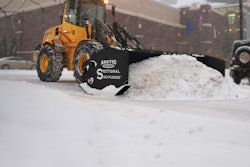
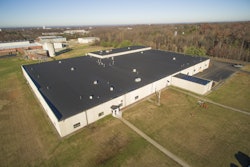




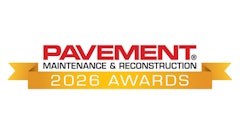
![Lee Boy Facility 2025 17 Use[16]](https://img.forconstructionpros.com/mindful/acbm/workspaces/default/uploads/2025/09/leeboy-facility-2025-17-use16.AbONDzEzbV.jpg?ar=16%3A9&auto=format%2Ccompress&fit=crop&h=135&q=70&w=240)

